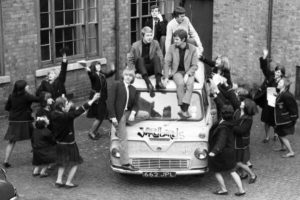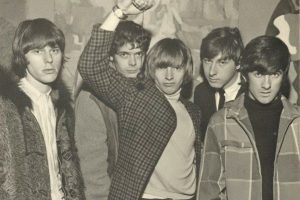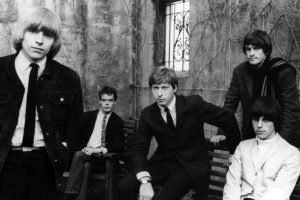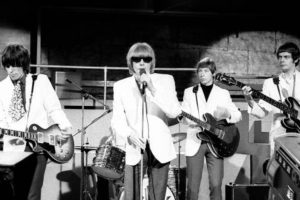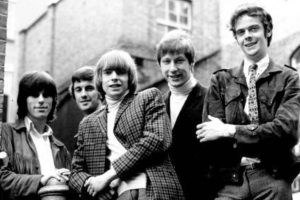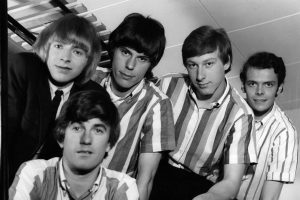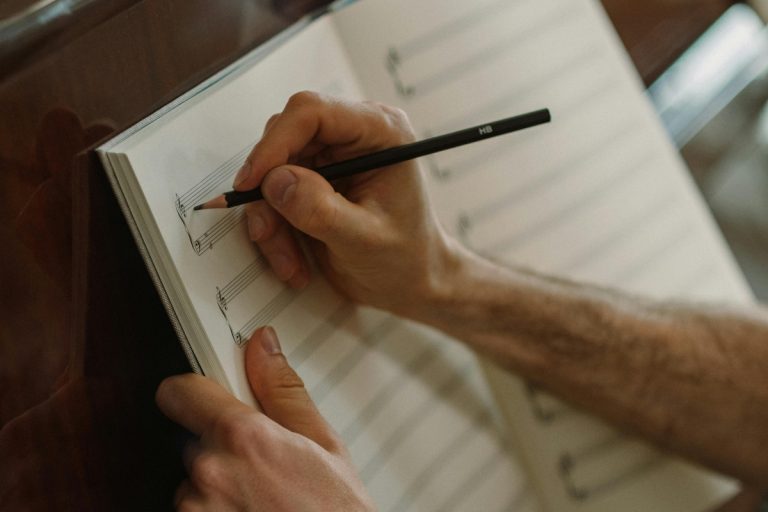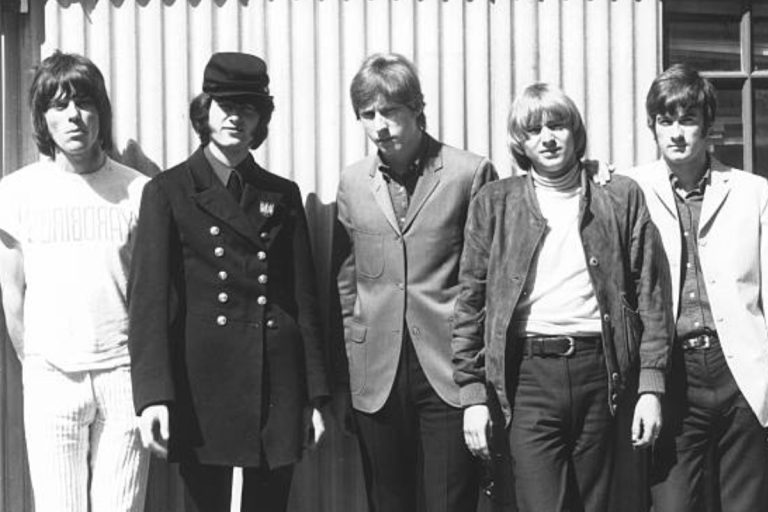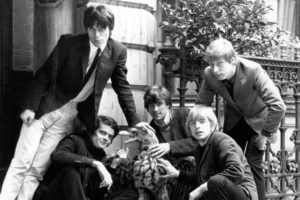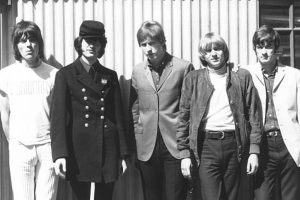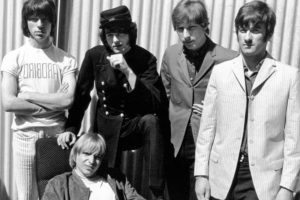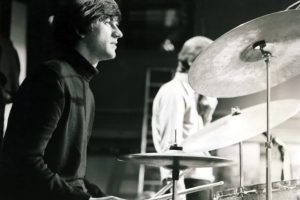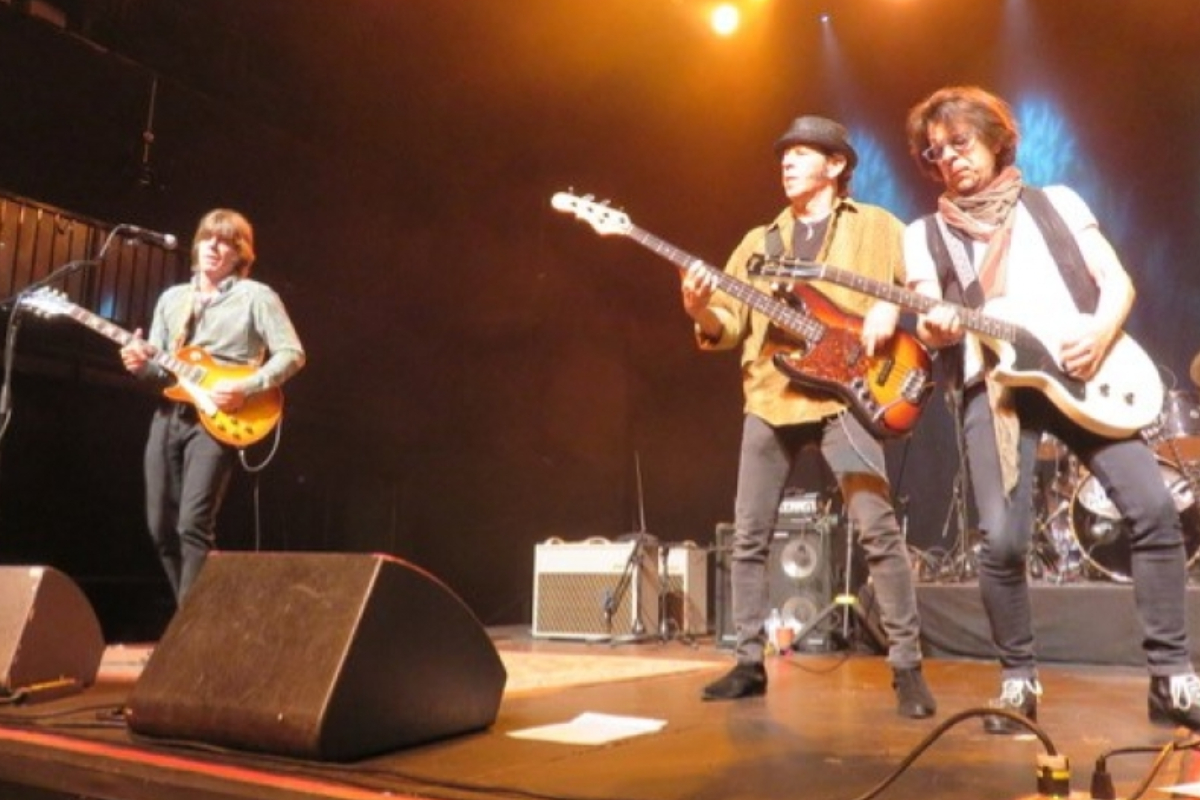
The Yardbirds made a significant contribution to the development and evolution of a guitar pedal, which have become a vital part of rock music’s sound. Their guitarists, including Eric Clapton, Jeff Beck, and Jimmy Page, began experimenting with sound using guitar pedals, leading to innovations that we can still hear today.
In this article, we will discuss how The Yardbirds contributed to the rise of the guitar pedal and how their experiments gave new life to the pedals we use now.
Views on The Yardbirds’ Sound
The Yardbirds had a massive influence on the development of guitar pedals and the sound of rock music. Their innovation and experiments with guitar effects provided a new direction for the music industry. Here are some key points the article discusses:
- The Beginning of The Yardbirds’ Innovation in Guitar Sound
- Echo and Reverb
- Distortion Pedals: Amplifying Rock Sound
- Wah-Wah Pedals: An Iconic Sound of The Yardbirds
- The Yardbirds’ Impact on Future Generations of Guitarists
The Beginning of The Yardbirds’ Guitar Sound Innovation
Introduction of the Electric Guitar and The Yardbirds’ Influence
In the ’60s, The Yardbirds began as a band focused on blues and rock but stood out due to their unique sound. The electric guitar, which was a primary instrument in rock, became a canvas for the band’s experiments. Particularly with guitarists like Eric Clapton, Jeff Beck, and Jimmy Page, the use of guitar pedals opened new dimensions in guitar sound.
While other bands of the time were focused on traditional rock styles, The Yardbirds experimented with pedals that expanded guitar sound. This was the beginning of iconic sounds that became favorites of rock fans.
Embracing Guitar Pedal Use
Through their experiments, The Yardbirds learned how to use guitar pedals to create unique sounds that hadn’t been heard in previous songs. They didn’t just use them as an addition to guitar sound but as a primary element of their music. The guitar pedals they used became instruments to further expand and enhance their sound, which became iconic in the decades to follow.
Echo and Reverb: Expanding The Yardbirds’ Sound
The Impact of Echo Pedals on The Yardbirds’ Sound
One of the first pedals used by The Yardbirds was the echo pedal. The use of echo created a “spacey” effect that added a distinctive character to songs like “Heart Full of Soul.” The echo pedal allowed the band to intensify their sound and give a greater impact to each note played.
Because of The Yardbirds’ experimentation with echo pedals, other guitarists learned how to use them to add depth and vibrancy to their music. The use of echo became popular among rock fans and led to other pedals offering similar effects.
Using Reverb to Deepen Sound
Another pedal that became popular during The Yardbirds’ time was the reverb pedal. Reverb is an effect that gives the illusion of “space” in sound, as if the guitar’s sound is reaching a larger area. In songs like “For Your Love,” the band used reverb to create a deeper, richer sound that helped develop their unique style.
The use of reverb not only helped expand The Yardbirds’ sound but also contributed to the growth of rock music worldwide. Today, modern guitarists continue to use reverb to achieve the same sound introduced by The Yardbirds in the ’60s.
Distortion Pedals: Amplifying Rock Sound
The Use of Distortion in The Yardbirds’ Songs
The use of distortion pedals was a significant part of The Yardbirds’ sound. One of the band’s most prominent guitarists, Jeff Beck, was known for using distortion to create a more intense sound that hadn’t been heard from other bands. With the distortion pedal, The Yardbirds’ guitarists were able to create powerful and aggressive sounds that became a standard for future rock bands.
The song “You’re a Better Man Than I,” which Jeff Beck showcased in The Yardbirds, is a great example of using distortion to produce a strong and intense sound. The guitar sound heard here became an inspiration for guitarists around the world, who began using distortion to amplify their performances.
The Amplification of Distortion Pedals Over Time
Although guitar pedals in the ’60s were just beginning, the use of distortion quickly spread in the following years. The Yardbirds, with their experiments, became pioneers in the use of distortion pedals in rock music. Their experiments provided ideas for guitarists and pedal manufacturers on how to enhance sounds with new technologies.
Today, the distortion pedal is one of the most essential tools for guitarists, not only in rock but also in other music genres. The legacy of The Yardbirds and their experimentation with distortion pedals has paved the way for guitarists to continue experimenting and evolving their sound.
Wah-Wah Pedals: An Iconic Sound of The Yardbirds
Introducing the Wah-Wah Pedal
The wah-wah pedal, which creates a unique “crying” sound, became an iconic sound of The Yardbirds, especially with guitarists Eric Clapton and Jeff Beck. This sound was used in songs like “For Your Love,” and it became a symbol of their desire to explore new sounds. The wah-wah pedal became a crucial part of The Yardbirds’ sound and of rock bands that followed.
Shaping Psychedelic Rock
The Yardbirds’ use of the wah-wah pedal inspired the broader genre of psychedelic rock. Through wah-wah, the band created a sound that became prevalent in rock songs toward the end of the ’60s. The deep effect of the wah-wah pedal on psychedelic rock helped expand rock music’s sound and provided guitarists with a new way to express their music.
The Yardbirds’ Impact on Future Generations of Guitarists
The innovation and experimentation of The Yardbirds with guitar pedals left a deep mark on music history, and their influence is still felt by future generations of guitarists. The iconic sounds they created, from wah-wah to distortion and reverb, have inspired guitarists such as Jimmy Page, Eric Clapton, and Jeff Beck, as well as many musicians around the world.
Through their experiments, they opened the door to a more creative and modern approach to playing the guitar, which laid the foundation for various rock and blues styles. The Yardbirds’ legacy in guitar pedal development continues to inspire today’s guitarists to explore new ways to express their sound and style.
Spreading Technical Change in Guitar Pedals
The Yardbirds’ experiments with guitar pedals helped spread technical innovation in the pedal world. As the band used various effects to enhance their sound, their influence was felt throughout the rock community. The pedals they used in the ’60s have become standard tools for guitarists today.
Focus on Modern Guitar Pedal Effects
Because of The Yardbirds’ contribution to the development of guitar pedals, modern guitarists continue to experiment and push boundaries to achieve the same sounds introduced by the band. Today, pedal brands offer products that remind us of The Yardbirds’ effects, and many of these continue to inspire the next generation of musicians.
The Legacy of The Yardbirds in Guitar Pedals
The Yardbirds’ experiments with guitar pedals made a significant contribution to the world of rock music. Their use of echo, reverb, distortion, and wah-wah pedals not only opened up new sounds for their band but also became an inspiration for new generations of guitarists. Even today, the guitar pedals introduced by The Yardbirds are still used, and their legacy remains in every note and sound that comes from the guitars of modern musicians.
